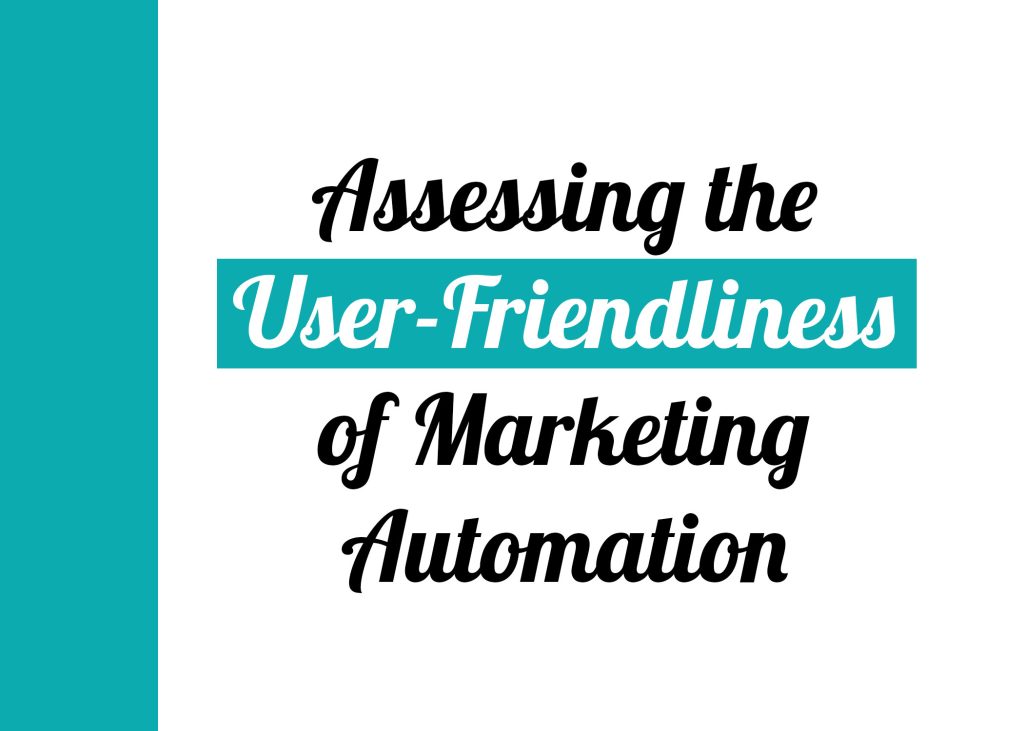Marketing automation has emerged as a pivotal tool in the modern business landscape, promising efficiency, scalability, and improved marketing outcomes. However, as businesses increasingly adopt marketing automation solutions, an important question emerges: Is automation truly easy to use? This article ventures into the depths of marketing automation’s user-friendliness, scrutinizing the factors that contribute to its ease of use.
The Interface and User Experience
One of the primary indicators of ease of use in marketing automation platforms is the interface and overall user experience. A user-friendly interface should be intuitive, visually appealing, and accessible. It should enable users to navigate the platform with ease, allowing them to perform tasks efficiently without a steep learning curve.
The complexity of marketing automation tools varies widely, with some platforms offering straightforward, drag-and-drop functionality for creating automated workflows, while others require advanced technical skills to operate effectively. Therefore, it is essential for businesses to carefully evaluate the interface and user experience of a marketing automation platform before committing to it.
Customization and Flexibility
Another aspect of ease of use in marketing automation is the level of customization and flexibility it offers. Users often have unique marketing needs and objectives, and a user-friendly platform should allow for tailored solutions. Easy customization should include the ability to create personalized email templates, segment audiences, and automate workflows according to specific business requirements.
However, striking the right balance between flexibility and simplicity can be a challenge. Too much flexibility may lead to complexity, while too much simplicity may limit functionality. Therefore, finding an easy marketing automation platform that provides customization options without overwhelming users is a crucial factor in determining its ease of use.
Training and Support
Even the most user-friendly automation platforms may require some degree of training and support. Adequate training resources, such as tutorials, documentation, and customer support, play a significant role in making automation accessible to users. A platform that offers comprehensive training and responsive customer support can significantly enhance its ease of use.
Integration Capabilities
In today’s digital ecosystem, marketing automation rarely operates in isolation. It often needs to integrate with other tools, such as CRM systems, analytics platforms, and e-commerce solutions. The ease with which a marketing automation platform can integrate with these external tools can greatly impact its usability. A platform that offers seamless integration options is likely to be more user-friendly, as it simplifies the management of multiple systems.
Conclusion
In the quest to determine whether marketing automation is easy to use, it becomes evident that user-friendliness is not a one-size-fits-all concept. It depends on various factors, including the platform’s interface, customization options, training resources, and integration capabilities.
Businesses seeking to adopt an automation should carefully assess these factors in light of their specific needs and resources. While some platforms may offer a more straightforward and intuitive experience, others may require a steeper learning curve. Ultimately, the ease of use in an automation lies in the eye of the beholder, shaped by individual proficiency, goals, and the platform’s design.

